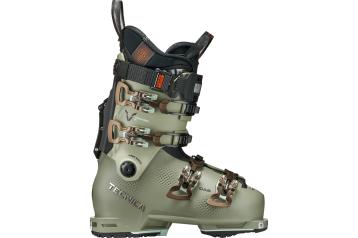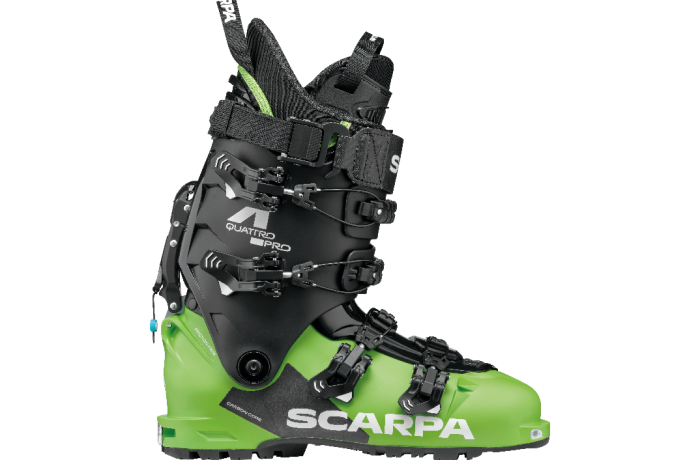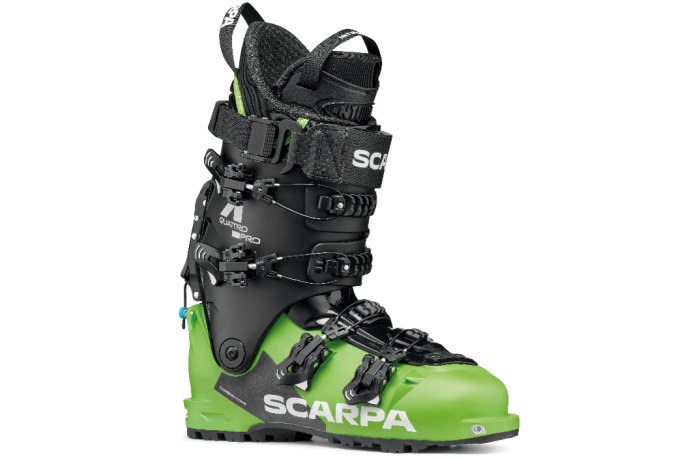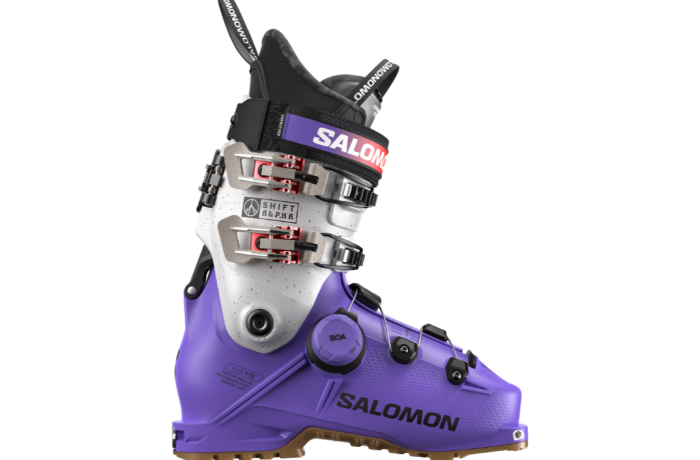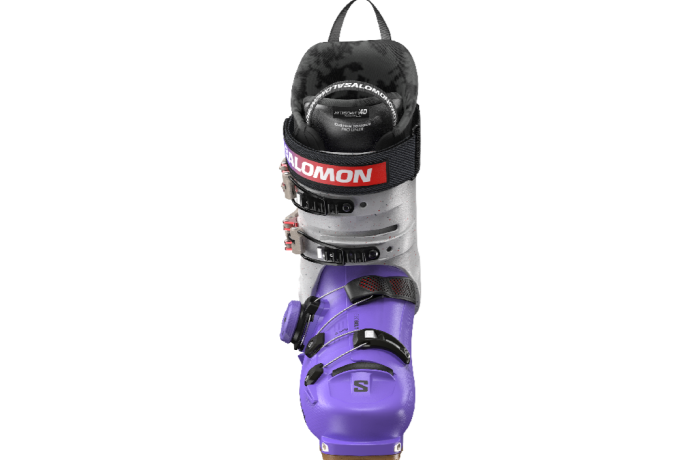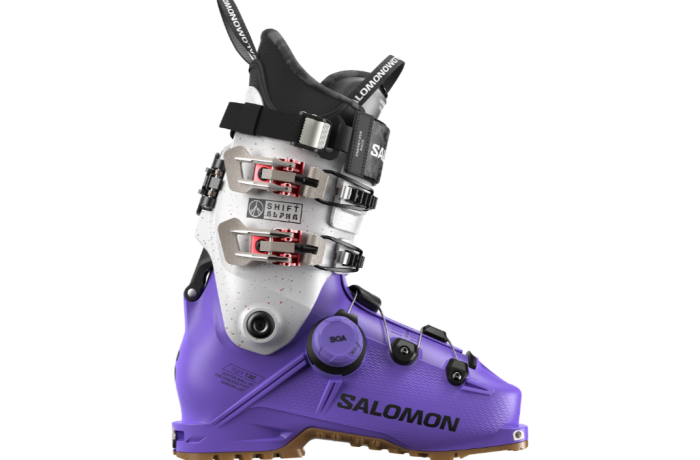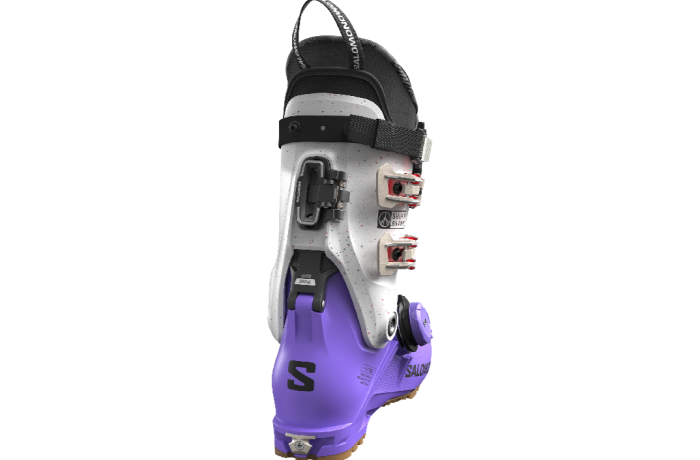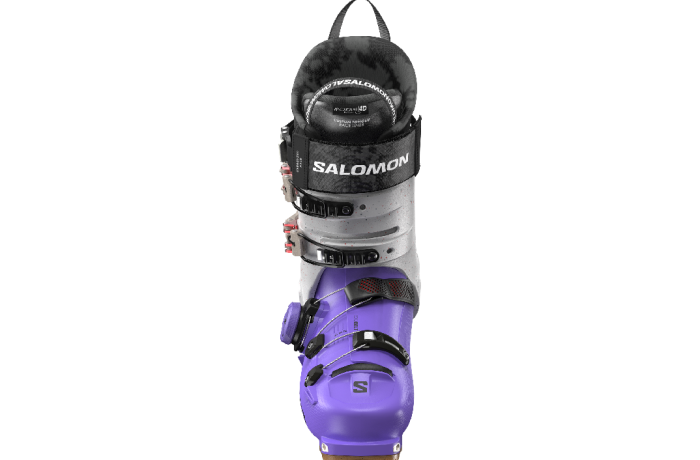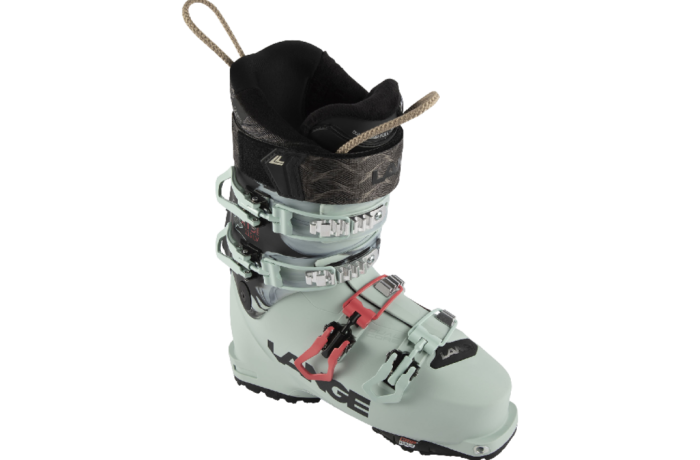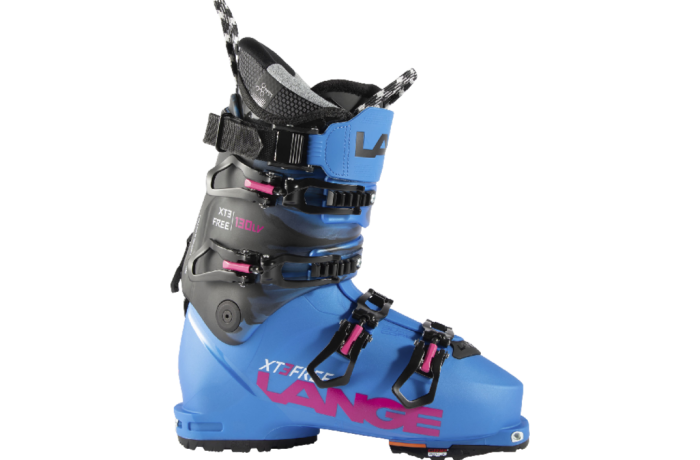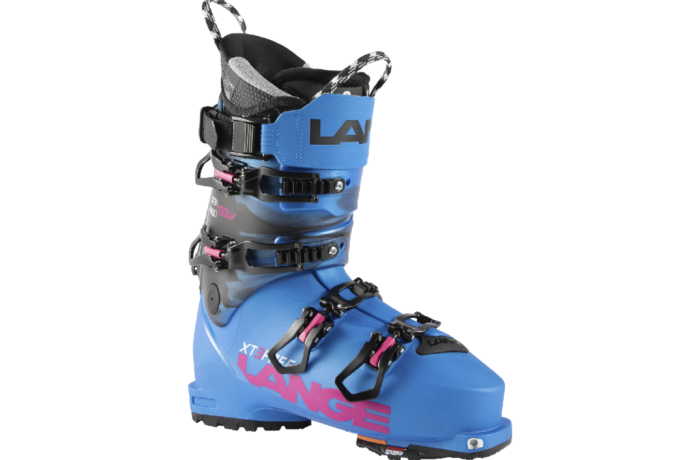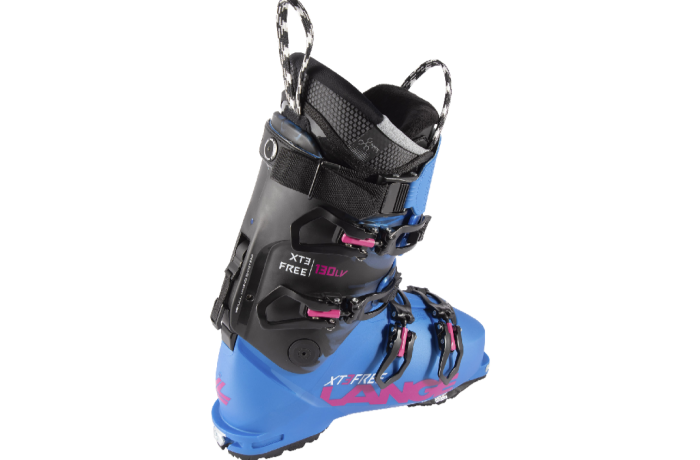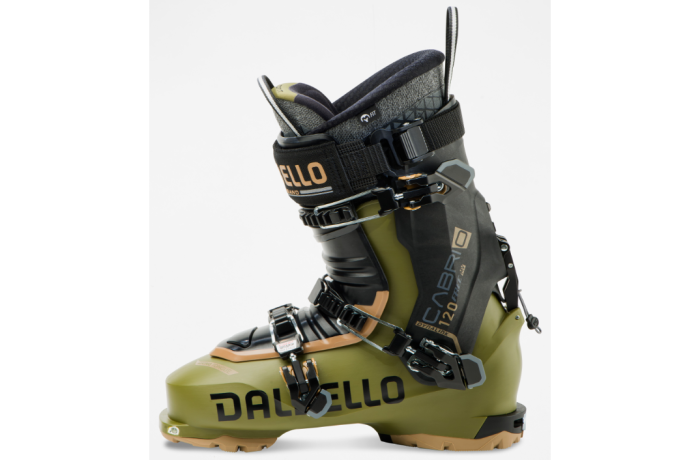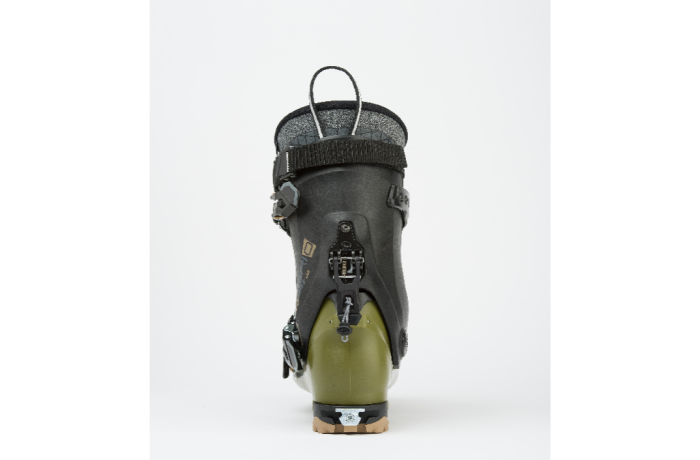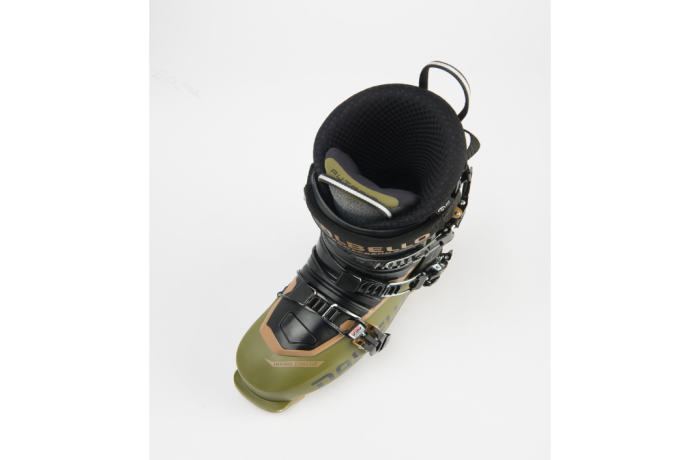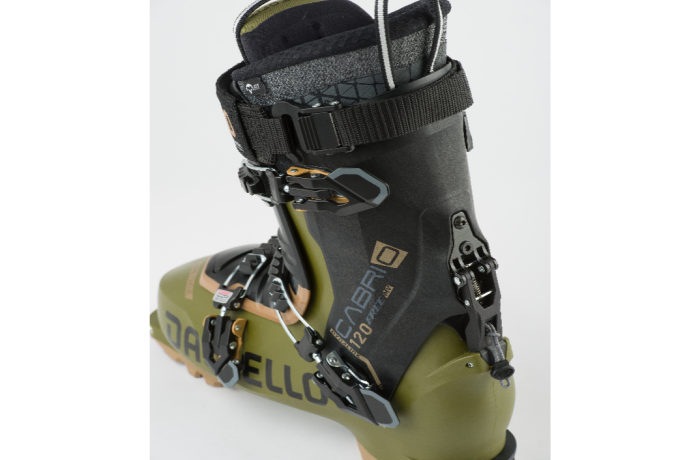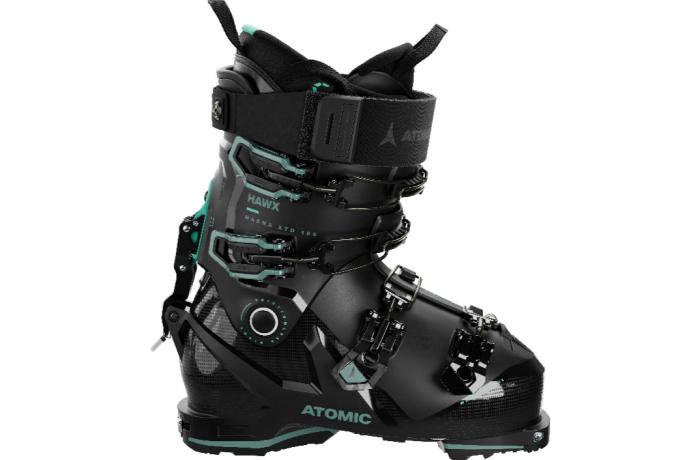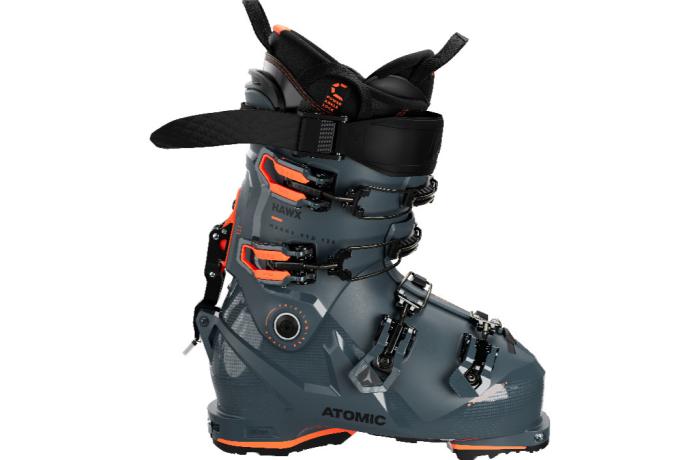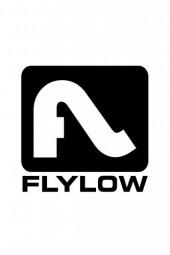The Cabrio MV Free 95 W brings a lot of useful elements to the table for a reasonable price, and testers say the fact that it feels stiffer than a 95-flex and skis stronger than expected only adds to the value here. A walk-mode, tech fittings at the toe and heel, GripWalk soles and a Velcro power strap offered everything an all-mountain explorer with average to thicker feet would need, testers said.
They said that the ideal body shape would also include a more slender lower leg, as the calf fit was the only spot that was more snug than the relaxed medium fit elsewhere. The consensus was that the 101mm last designation was accurate, with testers placing the Cabrio MV Free 95's lower boot fit on the wide side of the medium width group, noting a particularly roomy toebox and forefoot area.
Testers liked the boot's response to edging movements and said that it controlled the ski throughout the turn with a stable, predictable roll on and off the edge. They thought the side-to-side stance positioning was neutral, though some testers felt the forward lean angle was a little aggressive. Taller, more slender legged testers didn't have the same issue of the shorter, thicker calf folks being driven a little too-forward by the cuff.
The three-piece construction enabled a smooth cuff rotation in its released walk-mode and testers thought the total range of motion was pretty good considering both the freeride audience and price point. For a do-everything, fit-most-everybody model that stays on a realistic budget, testers thought the Cabrio MV Free 95 W fit the bill darned well.
